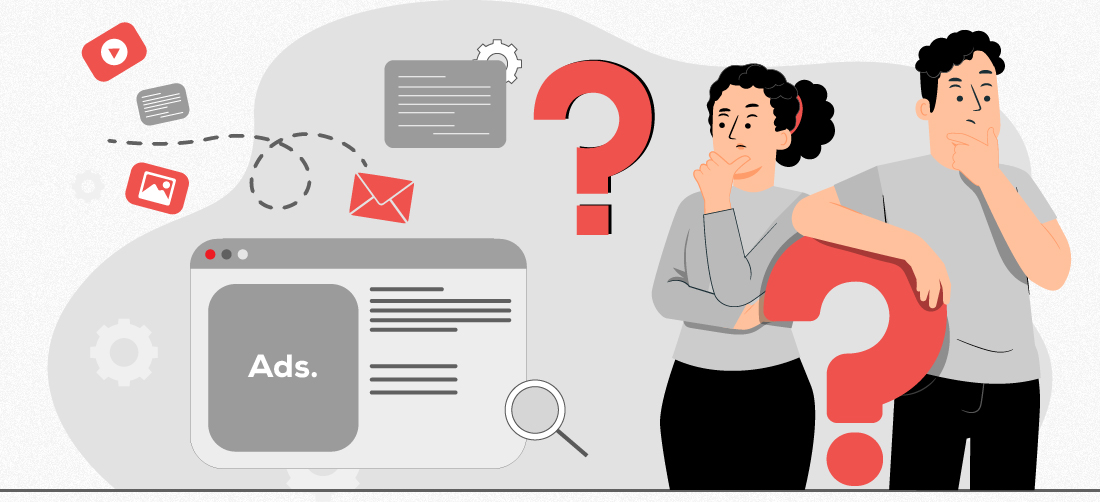What is Ad Copy?
Crafting Compelling Advertisement Copy: The Art of Copywriting Advertisement copy is the art of crafting messages that compel people to take action to promote products, services, or ideas. It is also the most powerful marketing tool, intended to grab attention, build interest, and inspire action. In any advertisement, be it printed at the corner of a page, a catchy social media post, or a convincing persuasive email, ad copy serves as an engine in every successful marketing campaign. The ad copy's heart or soul aims to inform, inspire, and persuade consumers to action. Understanding ad copy is all about learning how to make words work for you, capturing your brand essence, and delivering it in a way that resonates with your audience.
Significance of Ad Copy in Marketing
Ad copy is undoubtedly the magic wand for any marketing strategy. The efficacy of this magic leads brands to reap the fruits of audience engagement, brand awareness, and conversions. Transforming attention into an evocation of interest, great ad copy builds credibility with an audience. Ad copy thus persuades potential customers to buy the product, subscribe to the service, or learn more about it just by appealing to value clearly and persuasively. Particularly in a competitive market crowded with advertisement ideas, outstanding advertisement copy makes sure that your valuable message stands out and lingers long.
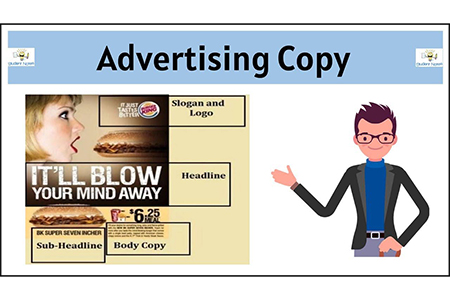
Key Components of Ad Copy
Headlines
Headlines are considerations of your first impressions of ad copy. They must not only be catchy and short but tantalize the reader's curiosity to learn what the message has to say. A good headline grabs the attention of the reader and makes them want to know more.
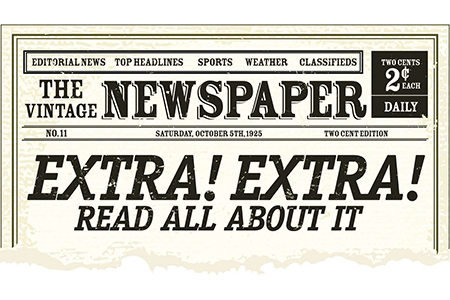
Body Text
Body text extends the message introduced by the heading. The body text must give enough information to explain the offer, benefits, and what makes it unique. Well-written body texts keep readers engaged and involved in trying to reach the desired action.
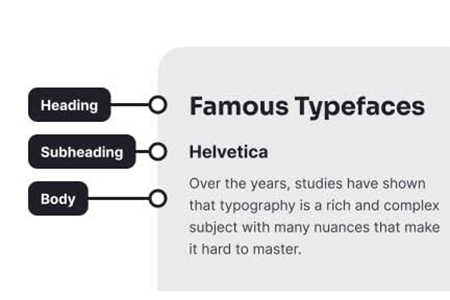
CTA (Call to Action)
The clear, strong CTA tells the reader what should be done next: "Buy Now," "Learn More," etc. The CTA communicates the urgency and ease of action for the reader, ensuring that he knows exactly how to act concerning the message.
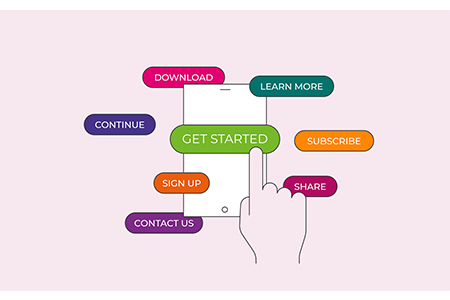
Emotional Triggers
Emotional triggers in ad copy will capture a reader's feeling, which is fear, excitement, or happiness. They create a further tie between customer and act through the touch points of needs, desires, or pains.
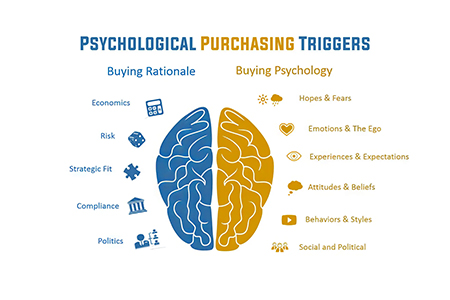
Different Styles of Ad Copy
Persuasive
Persuasive ad copy convinces the reader of the worthy nature of the product or service, it always comes with benefits, objections, and calls to action through inferences or offers.
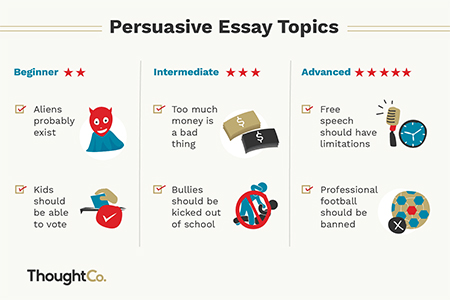
Emotional
Emotional ad copy whets the reader's emotional state, whether it's laughter, memory, or sympathy. The emotional response creates a tie between the customer and brand that becomes more deeply embedded in its psyche and thus has very deep engagement.

Direct Response
Direct-response ad copy elicits instant responsiveness; it is simple and straight language, complete with an urgent sense compelling the audience to perform instantaneously, as in a purchase or subscription.

Storytelling
Storytelling ad copy tells an imaginative tale that conjures an audience. Under this, it is creating a story that seems relatable and shows how the product or service fits into or rather becomes a part of the consumer's life, making the message more memorable.

Step-by-Step Guide to Crafting Compelling Ad Copy
Writing persuasive ads requires one to know the audience well. Research their wants and needs and understand their pain points. After that, write a compelling headline that will attract attention and preview the value proposition. In the body, expound on this value proposition, stressing its most salient benefits while countering possible objections. It should have a captivating CTA to hook the reader and draw them to take action. Last but not least, read through the advertisement once again and edit it to ensure maximum clarity, conciseness, and emotional resonance. Most compelling ad copies relate to their audience and engage and inspire them to take action.
Real-World Ad Copy Examples and Insights
Good ads can analyze and teach a lot about what works. Apple's design or advertising philosophy is that's what simplicity and elegance do: make the product stand out as the hero in and of itself; all else flows from that premise. The emotional appeal of Nike's "Just Do It" slogan captures, in its essence, the consumer's desire. Such examples resonate because they are specifically aimed at particular audiences and strike a particular emotional chord, following through with a transparent CTA. This reinforces that effective ad copy strikes that balance between creativity and strategy to engage, inspire, and convert.
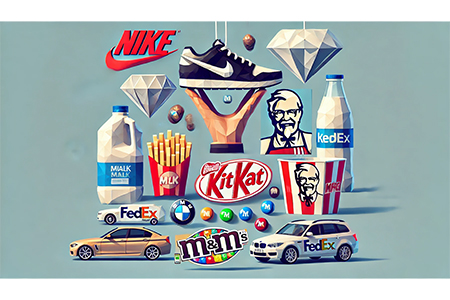
Conclusion
Ad copy is one crucial element of the most effective marketing strategies. The eye calls, stirs emotions, and boasts in advertisement copy. It does not concern selling the product; it concerns the connection with the audience, understanding what they need to present the solution in a relatable way. The art of writing ads can increase the visibility of a brand and foster customer loyalty and conversions, whether one creates digital ads, conducts email marketing, or designs printed materials.
FAQs
Each ad copy must be platform-designed concerning its tone, length, and structure. Social media copies are short and engaging, while search ads lean toward clarity and search intent. Print ads stress grabbing attention with dominant visuals and crisp messages.
Short-form is perfect for platforms such as social media, where instant engagement counts, while long-form works for in-depth writing relevant to content like landing pages, where more detail is required.
Understanding your audience's preferences, behavior, and pain points is crucial. Leverage language, tone, and benefits accordingly, depending on whether it speaks to millennials, professionals, or retirees.
Numbers add credibility, clarity, and urgency to the ad copy. They underline every relevant detail, discount, or benefit of a selected product and help readers assess the purpose of an offer quickly, therefore enhancing the impact of the message.
Statistics help trust and authority; they give concrete proof of a product’s benefits or success. Anything along the lines of “99% customer satisfaction” gives strong credibility to the statement and convinces the reader that the product is indeed worth it.
Charm pricing (INR 99 vs. INR 100) aims at the consumer psyche that needs to perceive prices as less. Bundled pricing strategies add more value and are also very useful in making customers purchase more when they feel they are getting some deals.
Percentages (for instance, "Save 50%") constitute a wider targeting scope, indicating a substantial saving, while absolute numbers (that is, "Save INR 500") provide specific quantifiable savings in a manner much more appealing to those wanting a closer set of data.
Big numerical figures, such as "1,000,000 customers," are proof of popularity and trust, whereas small numbers, such as rates, serve the purpose of high-quality positive feedback. Hence, each is effective for different reasons.
The term "Save 30%" simply works that much better compared to Indian Rupees 15 off because it presents more of a value relative to the original price of what is being bought and appeals more to the shoppers seeking a bargain.
Countdown timers and real-time numbers create urgency, prompting consumers to act before the offer expires. The resultant urgency translates into higher conversions as customers get scared of losing the deal.


